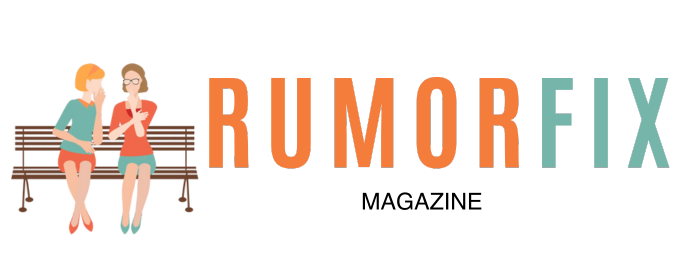
Dating apps used to be a swipe-right gamble — fast-paced, image-based, and often shallow. But 2025 looks different. The modern dater wants more than polished profiles and pickup lines. They want intention, safety, and authenticity — and they’re not shy about demanding it.
As technology evolves and people reframe what connection means in a digital age, dating platforms are following suit. We’re seeing a shift toward emotionally intelligent design, real-world integrations, and tools that nudge users toward deeper, less transactional experiences.
Key Highlights
- AI is now focused on emotional compatibility, not just convenience.
- Verified in-person meetups and “date reviews” are trending.
- Audio and video introductions have replaced the text bio for many.
- Users favor slower, more meaningful matching tools — like timed reveals or daily “compatibility drops.”
- Specialized platforms thrive, especially for city-based or niche interest communities.
- Privacy and digital consent tools are now built into most major apps.
From Swiping to Slowing Down: Why 2025 Dating Apps Look Different
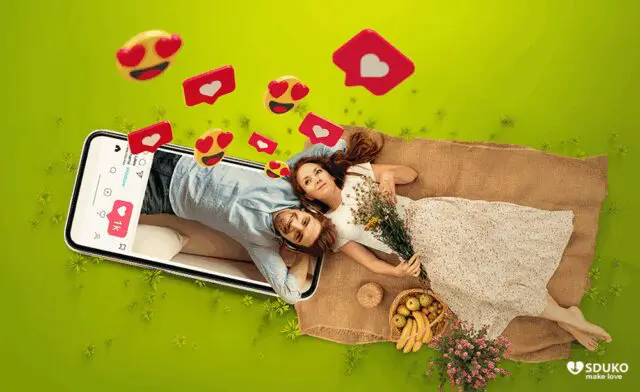
The “swipe culture” isn’t dead, but it’s finally matured. Users are no longer chasing quantity — they’re pursuing quality. In fact, some of the most-used features in 2025 are intentionally designed to slow things down.
Apps like Feeld, Hinge, and newer challengers are embracing friction: daily match limits, bio unlocks after mutual interest, and even enforced pauses between replies to encourage reflection.
In the UK, users have also begun embracing platforms that integrate discreet, human-centered features. Services like Sduko UK have gained traction for connecting people not just through visual profiles but shared intentions — be it casual encounters or ongoing companionship — in ways that feel both transparent and nonjudgmental.
The key isn’t novelty. It’s emotional fluency and emotional intelligence. Apps are finally recognizing that dating isn’t a game — it’s a high-stakes dance of vulnerability, desire, and timing.
Audio Bios and Video Prompts Are the New Standard

Text can only go so far. In 2025, more than half of dating app users opt for short voice intros or quick video responses to prompt questions. It’s not just about hearing someone’s voice — it’s about catching tone, warmth, awkward pauses, and yes, a little charm.
Why people actually use them:
- They feel more human than a typed paragraph.
- They prevent catfishing or image-based deception.
- They break the ice before even chatting.
Apps that nudge users toward recording an answer — instead of writing — see higher engagement and lower ghosting rates. This format creates emotional accountability, subtly encouraging more respectful conversations.
In-App Date Planning and Real-World Integration
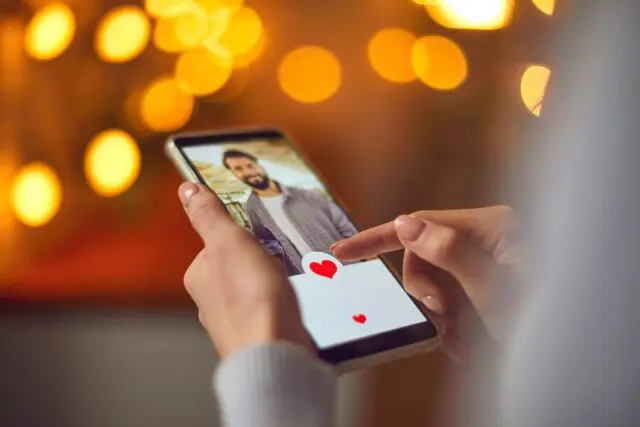
Another major shift? Dating apps don’t stop at the match. In 2025, many apps now offer in-app tools to plan and review actual dates — a kind of Yelp meets calendar meets safety check.
Users can:
- Choose a meeting spot via an in-app map or local guide.
- Rate the experience afterward (privately or publicly).
- Flag concerns or praise interactions.
It’s not surveillance. It’s a blend of convenience and safety. People don’t want to start over with every match. They want tools that help move from phone to table with as little stress as possible.
For example, in large cities like Mumbai, where social expectations and nightlife options are vast, users sometimes seek more curated experiences. Services such as Mumbai escorts are sometimes preferred by individuals seeking upfront, adult-defined connections — proof that different needs create different tools, and transparency matters more than ever.
Niche Communities Are No Longer “Niche”
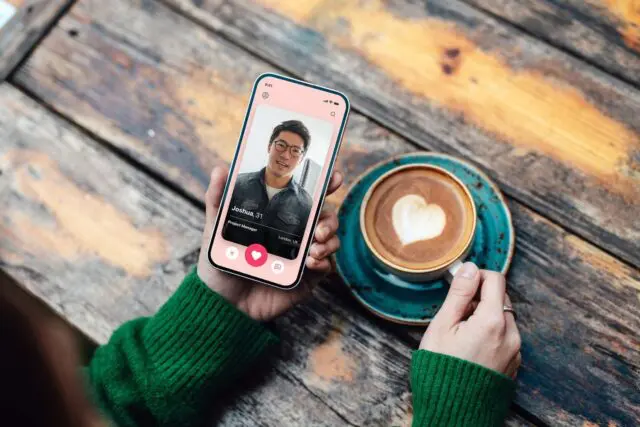
Five years ago, niche dating platforms were considered fringe — polyamorous-only apps, farmer-specific matches, or platforms for neurodivergent daters. In 2025, these “small” communities are thriving because they reduce noise. They offer shared context upfront.
People want to spend less time filtering, more time connecting. Whether it’s based on values (veganism, religion, sobriety) or logistics (location, lifestyle, work schedule), curated dating pools save time and emotional labor.
Some of the biggest risers in 2025 include:
- Career-aligned dating apps for entrepreneurs, artists, or service workers.
- Location-locked apps (like neighborhood-focused platforms for East London or downtown Los Angeles).
- Lifestyle apps for people with specific routines (e.g., early risers, travelers, or night owls).
The bottom line? If it helps someone avoid explaining the basics of their life for the 20th time, it sticks.
Consent and Privacy Features Are Non-Negotiable
After years of backlash, data leaks, and emotional harm, dating apps have finally caught up on user protection. Today, privacy-forward features aren’t perks — they’re expected.
Features that users consistently value and use:
- Blurred photo reveals that only unlock after chat engagement.
- In-app photo watermarking to prevent screenshot misuse.
- Built-in consent buttons for sharing personal information like phone numbers or social media.
Many apps also use AI to flag problematic behavior — not to punish, but to intervene gently. For example, if someone is bombarding messages too fast or displaying signs of aggressive rhetoric, the app might prompt a pause or provide reminder messages on respectful communication.
Emotional Intelligence Scores Are Trending

Yes, this sounds like sci-fi. But many platforms now offer opt-in emotional assessments — not to judge, but to match.
These aren’t horoscopes or gimmicky quizzes. They use real behavioral data (timing, empathy in responses, conversational balance) to build emotional compatibility scores.
Users love this because:
- It helps introverts feel seen.
- It rewards kindness and patience.
- It allows deeper-level filtering without endless bios.
Instead of asking “What’s your attachment style?” a smart app might simply recognize it based on how you interact, then guide you toward someone who communicates in compatible ways.
What’s Next? Predictive Matching and Mood-Based Prompts
Looking ahead, the next wave of dating app innovation may involve mood-adaptive matching systems that respond to your emotional state in real time.
Had a rough day? The app might prioritize someone more nurturing tone. Feeling light and flirty? You might get a cheekier prompt or match.
These predictive systems won’t replace human intuition, but they’ll amplify it — helping users avoid mismatches in energy or intention by using soft signals, not just filters.
Expect apps to offer even more journal-like tools in 2026 — mood trackers, reflection prompts, and suggestion loops that support your relational growth, not just your dating calendar.
Final Thoughts: Dating Isn’t Dead. It’s Just Evolving
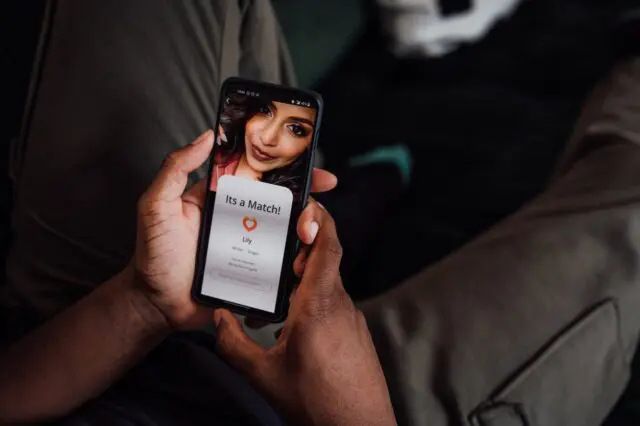
2025 hasn’t killed dating apps. It’s simply demanded more from them — more care, more tools for consent, more humanity behind the profile pics.
If you’re burnt out by swipe fatigue or disheartened by shallow chats, you’re not alone. But there’s a silver lining. The newest platforms aren’t just about matching — they’re about supporting how you relate, reflect, and grow.
Connection, in its most meaningful form, isn’t fast. It’s honest, sometimes awkward, often surprising — and absolutely worth showing up for.
FAQs
Are AI matchmakers actually better than manual swiping?
They’re not always better — but they’re smarter about emotional patterns. AI-assisted matching reduces ghosting and improves first-date outcomes by learning how you actually interact.
What are compatibility drops?
These are limited daily matches based on dynamic compatibility. Instead of endless swipes, you get a handful of thoughtful options per day — based on emotional tone, shared values, and recent in-app behavior.
Are people still using dating apps for casual hookups?
Yes, but with clearer filters and consent tools. Platforms now support a wide range of intentions — casual to long-term — with transparency being the real trend.
What’s the safest way to meet a match in person?
Use in-app scheduling tools with location suggestions, activate safety check-ins, and meet in public spaces first. Some apps even allow a trusted contact to track the date details privately.
Are voice bios really necessary?
Not necessary, but highly encouraged. They make a strong first impression and are more trusted than polished photos or written bios.
